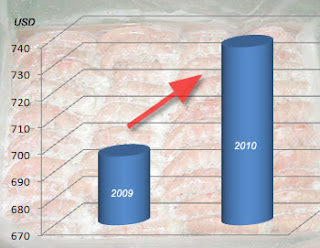Research has shown that 0mega-3 fatty acid found in fish helps to reduce depression. Treatment with Omega-3 supplements is effective for patients with major depression, who do not have anxiety disorders.
Patient suffering from depression needs a higher attention because research has revealed that it is one of the most leading causes of death for both men and women.
However, other analysis revealed that Omega-3 which can be found in fish improves depression symptoms in patients diagnosed with depression unaccompanied by an anxiety disorder. Moreover, the WORLD HEALTH ORGANIZATION has reported that the massive impact of depression on human health worldwide is likely to increase more in the next 20 coming years, with approximately 20 million people affected.
However, there is a link between our moods and what we eat too, researchers say.
We need to take care of our health. As mentioned, omega-3 is an excellent source for reducing depression. Having fish such as Hake fish in our meal at least 4 times per week can be ideal.
Source: http://blog.taragana.com/science/2010/06/22/omega-3-supplements-show-promise-in-treating-depression-16823/
http://blog.taragana.com/science/2010/05/19/bask-in-the-sunshine-to-beat-the-blues-13838/
